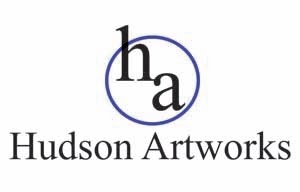I have had a passion for photography and image creation for over 30 years. I remember developing black and white negatives by hand in college, and purchased my own chemical tank so I could process my own film in the bathtub (yes, I really did that).
As a TV news photographer in the late 80s and throughout the 90s I became accustomed to instant image gratification – shoot video in the afternoon, edit for broadcast in the evening, watch it on the news that night. I often carried a still camera around with me in addition to the video camera, but in those days it was still film.
I invested in a Hasselblad camera and dabbled in Wedding and Portrait photography, but never pursued it to the point of ‘going pro.’ What I realized was that I didn’t want to make photography my living – it was better suited to be a passion.
When digital cameras came along I was thrilled. No longer concerned with the cost of film, I was free to experiment to my heart’s content. I sold the Hasselblad ( for half of what I paid for it!) and bought a digital camera and a Mac.
For years I was content shooting JPEGs. Instant photography, without the Polaroid limitations. Shoot it, see it. Import onto the computer, open Photoshop, play around. What could be better?
RAW.
Yes, I am a RAW convert now. If you are reading this and don’t know what RAW is (from a photographic standpoint, not a meat standpoint), the best way I can explain it is that a RAW photographic file could be thought of as a digital negative. If you processed B&W film and creative negatives, you took your neg into the darkroom, put it under the light and created a print. If the print did not turn out as well as you had expected, you went back into the darkroom and tried dodging and burning. After much trial and error, you got the print you wanted or gave up in frustration. What you still had, at the end of the day, was a clean negative. No matter how many prints you made, as long as you didn’t scratch the neg, you still had a chance to create the print you envisioned.
A RAW file is the equivalent of a negative. Using programs such as Lightroom or Aperture, you import a RAW file and can manipulate the color, saturation, hue, sharpness and more. You can correct for chromatic aberrations, adjust the color temperature and exposure – all without physically changing the pixels that make up the file.
To see the results of your digital manipulations, you export the file from Lightroom or Aperture as a JPEG, PSD, TIFF or other format. Don’t like what you see? Go back into Lightroom or Aperture and try again. Your RAW file is still pristine.
Full disclosure – RAW files tend to be large. They can become storage hogs. Because they are digital, they don’t fit into the polyurethane sleeves I used to store my old negatives in. Now I buy portable hard drives and store the RAW files there. Expensive? Yes, to an extent. But I can’t tell you how many times I’ve gone in search of a specific RAW file to provide an element I wanted for a photo composition, or to adjust an element of a photo I once liked but now wish to improve.
If you are interested in learning more about working with RAW images, do a search for Aperture or Lightroom and go from there. But let me warn you – once you go RAW, you’ll never go back.

No comments:
Post a Comment